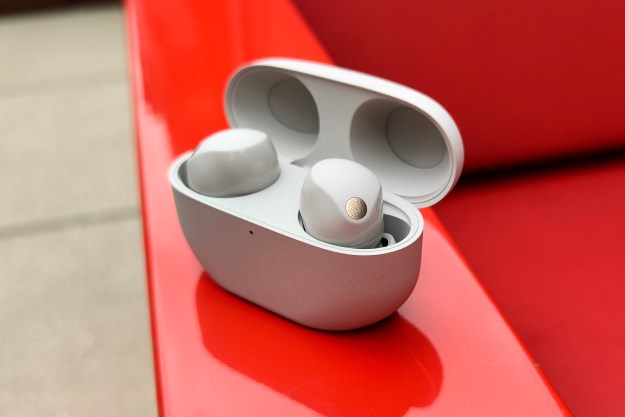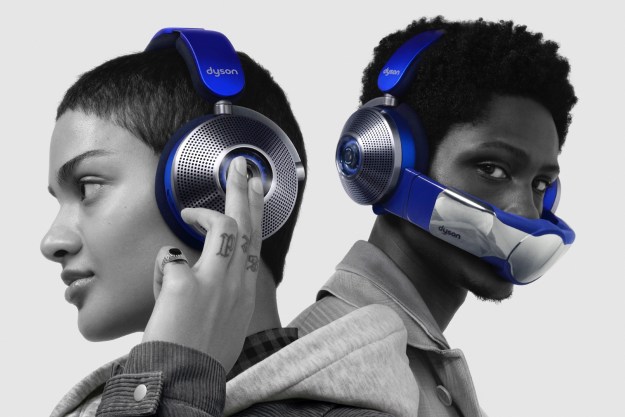Ever since Beats by Dre proved that headphones can be as much of a personal style statement as a way of listening to music, audio companies have been looking for ways to dazzle your eyes along with your ears. Marshall uses its iconic guitar amp-inspired design language to lend a retro-cool vibe to its headphones, while Urbanista and Apple use bold color choices to make picking a pair of headphones as personal as choosing a T-shirt.
But when it comes to wireless headphones that send a visual message to those around you, it’s pretty hard to compete with the Meters by Ashdown Engineering, a line of British headphones that boast a working analog volume meter on the outside of each earcup, like the kind you’d find on a old-school ’70s amp.
Are the $350 Meters OV-1-B-Connect more about the meters or the music? Skeptics might be surprised to learn they’re much more than a gimmick.
Intimidating design
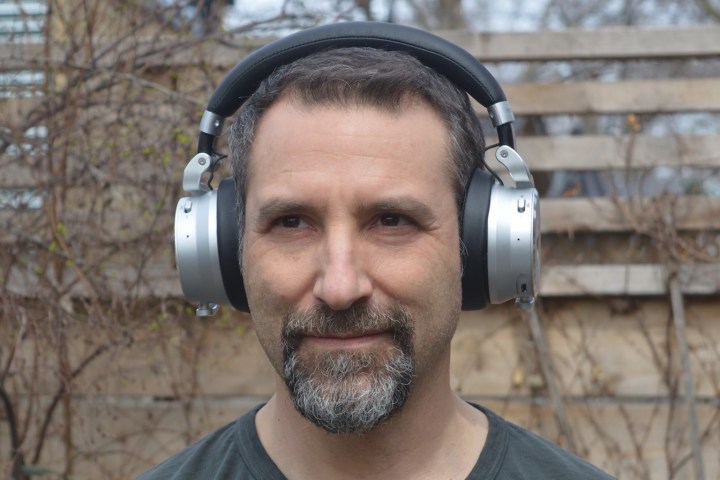
The first thing you notice about the Meters OV-1-B-Connect is their enormous size. It’s partially an optical illusion created by the design. The earcups are only about a quarter-inch thicker than an average set of over-ear headphones, but the ear cushions flare out from the earcups and the pivots are big, curved chunks of aluminum that wrap around the back half of the earcups. When combined with the heavily padded headband, the Meters are incredibly chunky looking.
They get a little smaller when you fold the hinges, but not much. Thankfully, Meters includes a hard-shell carry case.
Heavy, but comfy
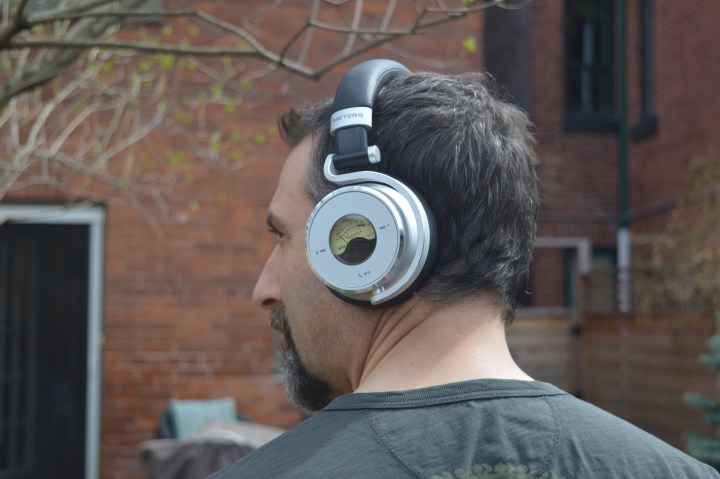
At 13.4 ounces, the Meters are definitely among the heaviest
Less noise, less silence?
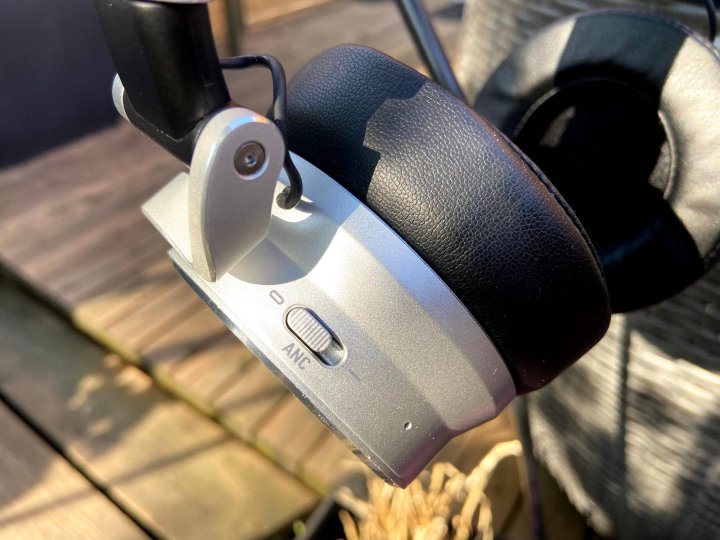
Active noise cancellation (ANC) is notoriously hard to do well. Many headphone companies have tried their hand at it, but only a few — like Sony, Bose, and Apple — ace the test.
The Meters have built-in ANC that you activate with a switch on the right earcup, but you need to use it judiciously. It does a great job of killing low-frequency sounds, like the white noise of a loud fan, or the rumble of traffic, but if you’re already in a fairly quiet environment, it introduces a very noticeable hiss. Best to leave it turned off unless you really need it.
Super sound

It would be tempting to write the Meters off as a gimmicky product because of their signature volume meters, but they actually offer superb sound quality. With the factory settings, they give a warm yet balanced signature, not too heavy on the bass, and with nice definition in the mids and highs. If your phone happens to support aptX HD (a wireless standard for streaming better-than-CD-quality audio), you’ll get an impressive amount of detail, with a soundstage that is intimate but layered.
If you want to tweak the EQ, the Meters app gives you a five-band equalizer to mess with, but unfortunately, there’s no way to save your settings — something Ashdown should definitely fix with an update.
But as good as they sound, they don’t perform better than other
Them meters
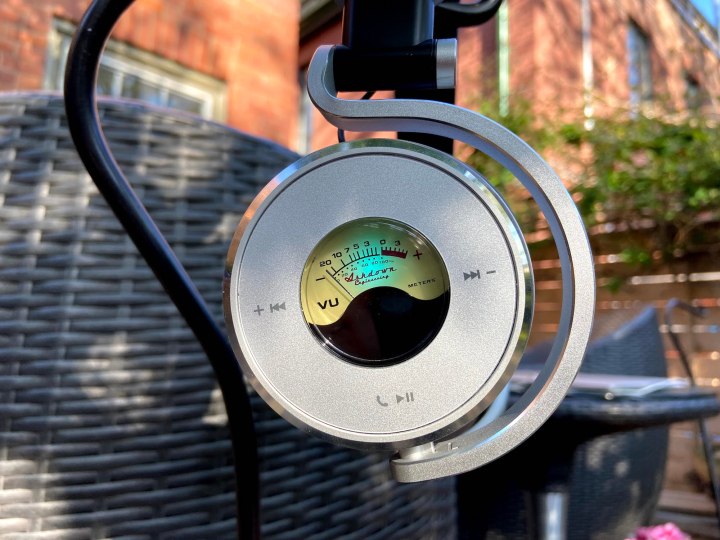
Those volume meters — the whole reason for buying a set of Meters — are a bit of a conundrum. On the one hand, they’re undeniably cool. You can change the backlighting color in the Meters app to suit your mood (clothing?) as well as the brightness.
But if you’re hoping to give folks around you a show of your active listening session, with the meter needles actively jumping around, you’ll need to crank the volume — dangerously so.
Ashdown seems to understand that this will be the temptation, and warns owners against it: “This can be seen as a safety feature for concerned parents and guardians. Listening to loud music for prolonged periods of time can of course severely damage hearing.”
Frankly, using a set of visible volume meters as a way of keeping your kids listening at safe levels is a terrible idea, especially when there are products on the market that automatically limit headphone volume to safe levels, taking away the need for active monitoring of any kind.
Plus, who is going to spend $350 on their kids’ headphones? Never mind, I don’t really want to know the answer.
So. if the meters aren’t an effective way to protect the wearer from loud sounds, and if getting the meters to bounce around in a way that’s noticeable to others requires dangerously loud volume levels … well, you see my point.
Conclusion
If you’re in search of wireless ANC headphones that make a bold statement to those around you, the Meters OV-1-B definitely fit the bill. But perhaps more than any other
Editors' Recommendations
- Sony WH-1000XM6: the design and features we want Sony’s next headphones to deliver
- JBL upgrades its 2024 wireless headphones with massive battery life
- 7 things Sonos’ first headphones will need to get right
- Dali says its latest wireless headphones achieve electrostatic levels of clarity
- Sennheiser’s new budget-friendly headphones get a very high-end feature




